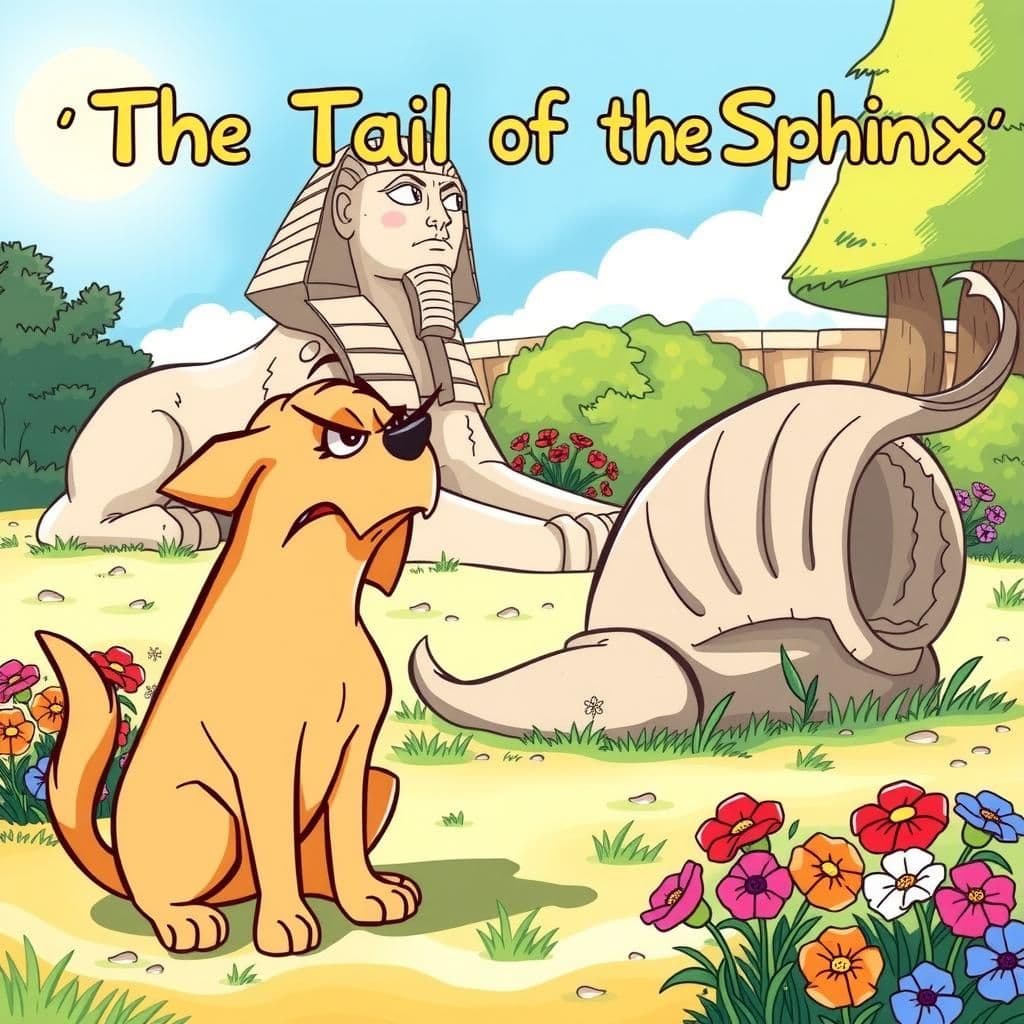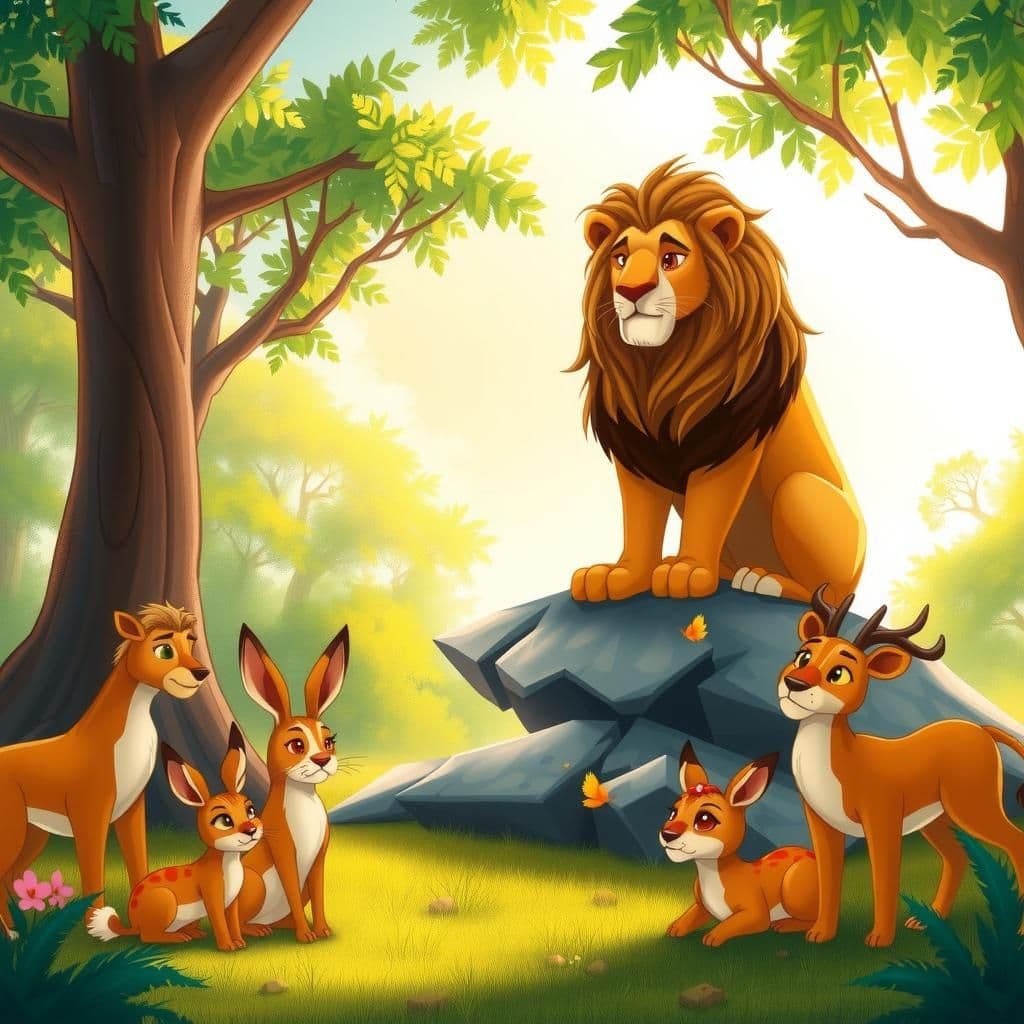The Tail of the Sphinx

Story Summary
In "The Tail of the Sphinx," a dog frustrated by his tail's tendency to reveal his emotions wishes for the impassiveness of the Sphinx, a figure from famous fables with moral lessons. The tail humorously points out that the Sphinx's stoicism is due to its heavy, stone tail, ultimately teaching the dog to accept the limitations of his nature. This culturally significant moral story highlights the importance of recognizing one's own identity rather than aspiring to be something one is not.
Click to reveal the moral of the story
The story conveys that one should embrace their true nature and limitations rather than aspire to qualities that are unattainable or not suited to them.
Historical Context
This story draws on the tradition of fables, likely influenced by Aesop's Tales, where animals speak and embody human traits to impart moral lessons. The dialogue between the Dog and his Tail serves as a humorous exploration of self-awareness and the limits of one's nature, reflecting the cultural motif that emphasizes acceptance of one's inherent characteristics while also critiquing the desire for unrealistic ideals, such as the Sphinx's stoicism. The use of the Sphinx connects the narrative to ancient Egyptian mythology, which often symbolizes enigma and wisdom, further enriching the story's commentary on identity and emotional expression.
Our Editors Opinion
This fable highlights the importance of self-acceptance and understanding the limitations of one's nature in modern life, where societal pressure often pushes individuals to suppress their emotions. A real-life scenario reflecting this moral could be a professional who tries to mask their feelings in a high-stress job, believing that showing emotion is a weakness, only to find that embracing their authentic self leads to better relationships and improved mental health.
You May Also Like

The Raven and the Swan
In "The Raven and the Swan," a raven envies the swan's beautiful white feathers and mistakenly believes that washing in water will grant him the same appearance. This simple moral story illustrates that despite his efforts to change his habits, the raven cannot alter his inherent nature, ultimately leading to his demise from starvation. Such short and sweet moral stories remind us that true change comes from within, not from superficial actions.

The Kingdom of the Lion
In "The Kingdom of the Lion," a just and gentle Lion unites the beasts of the field and forest with a proclamation for a universal league, promising peace among all creatures, regardless of their strength. However, the instinctive fear of the Hare, who longs for safety yet flees in terror, underscores the challenges of true coexistence and highlights the moral complexities in this simple short story. This entertaining moral tale serves as a poignant reminder of the difficulties in achieving harmony, making it a fitting read for class 7.

The Mischievous Dog
In this easy small story with moral, a mischievous dog bites unsuspecting people, prompting his master to attach a bell to announce his presence. Proud of his new accessory, the dog parades around, unaware that the bell signifies disgrace rather than distinction. This fable illustrates how notoriety can be mistaken for fame, offering a valuable lesson for personal growth.
Other names for this story
Sphinx Secrets, The Dog's Dilemma, Tails of Emotion, The Silent Sphinx, Hidden Feelings, The Sphinx's Wisdom, Tail Tales, The Impassive Canine
Did You Know?
This whimsical dialogue highlights the theme of self-acceptance, as the Dog learns that trying to suppress his natural emotions is futile, and it humorously contrasts the Dog's desire for impassiveness with the inherent qualities that define both him and the Sphinx.
Subscribe to Daily Stories
Get a new moral story in your inbox every day.